
| Recorded by: David George, Jeff Niznik, Stephen Dunn on 2024-06-29
Chatham Co.
Comment: | 
| Recorded by: Jeff Niznik on 2024-06-26
Orange Co.
Comment: |
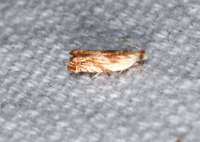
| Recorded by: Jim Petranka on 2024-06-24
Madison Co.
Comment: | 
| Recorded by: Emily Stanley on 2024-06-21
Buncombe Co.
Comment: |
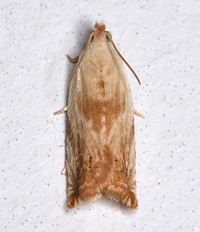
| Recorded by: Stephen Dunn on 2024-06-19
Orange Co.
Comment: | 
| Recorded by: David George, Steve Hall, Patrick Coin, Mark Basinger on 2024-06-16
Chatham Co.
Comment: |

| Recorded by: David George, Jeff Niznik on 2024-06-10
Chatham Co.
Comment: | 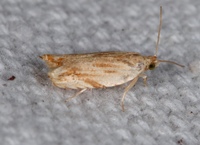
| Recorded by: Jim Petranka on 2024-05-05
Madison Co.
Comment: |
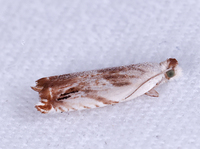
| Recorded by: John Petranka on 2023-09-02
Durham Co.
Comment: | 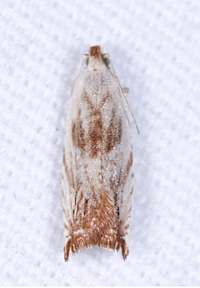
| Recorded by: John Petranka on 2023-09-02
Durham Co.
Comment: |

| Recorded by: John Petranka on 2023-08-11
Durham Co.
Comment: | 
| Recorded by: John Petranka on 2023-08-11
Durham Co.
Comment: |
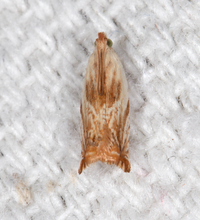
| Recorded by: Jim Petranka on 2023-07-19
Madison Co.
Comment: | 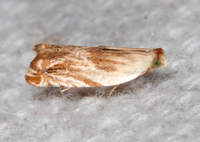
| Recorded by: Jim Petranka on 2023-07-19
Madison Co.
Comment: |
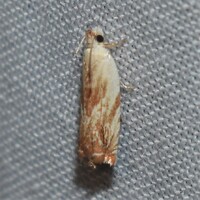
| Recorded by: David George, Stephen Dunn, Jeff Niznik on 2023-07-13
Orange Co.
Comment: | 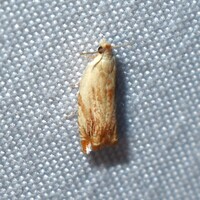
| Recorded by: David George, Jeff Niznik on 2023-07-09
Orange Co.
Comment: |
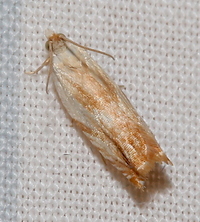
| Recorded by: David George, Stephen Dunn, Jeff Niznik on 2023-07-06
Orange Co.
Comment: | 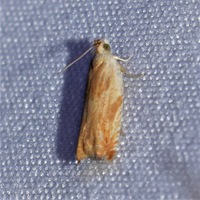
| Recorded by: David George, Jeff Niznik on 2023-05-12
Durham Co.
Comment: |
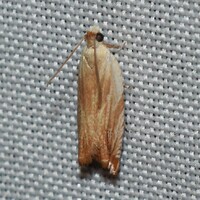
| Recorded by: David George, Jeff Niznik on 2023-04-29
Orange Co.
Comment: | 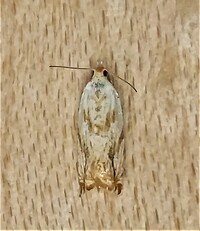
| Recorded by: Gary Maness on 2022-07-04
Guilford Co.
Comment: |
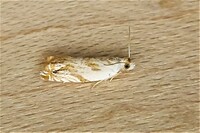
| Recorded by: Gary Maness on 2022-07-04
Guilford Co.
Comment: | 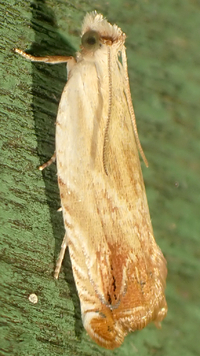
| Recorded by: tom ward on 2022-05-11
Buncombe Co.
Comment: |

| Recorded by: tom ward on 2022-05-11
Buncombe Co.
Comment: | 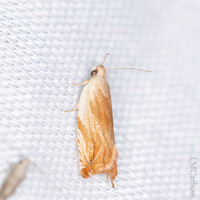
| Recorded by: David George, L.M. Carlson, Becky Watkins on 2022-05-02
Durham Co.
Comment: |
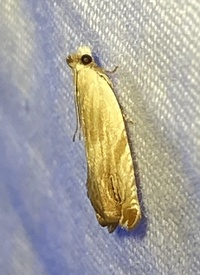
| Recorded by: David George, L. M. Carlson on 2022-04-23
Orange Co.
Comment: | 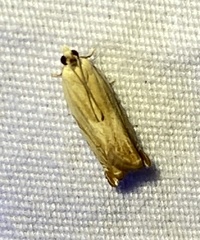
| Recorded by: David George, L. M. Carlson on 2022-04-23
Orange Co.
Comment: |
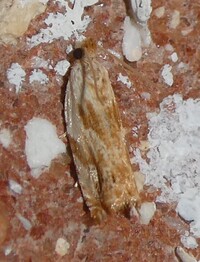
| Recorded by: Simpson Eason on 2021-08-09
Durham Co.
Comment: | 
| Recorded by: J.B. Sullivan on 2021-05-27
Ashe Co.
Comment: |
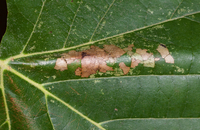
| Recorded by: Jim Petranka on 2020-08-06
Madison Co.
Comment: A view of the upper leaf surface of Platanus occidentalis. As larvae skeletonize the leaf from below, it causes the leaf to buckle, and to form a tentiform structure like the one seen here. See companion photo of the underside. | 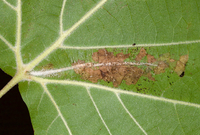
| Recorded by: Jim Petranka on 2020-08-06
Madison Co.
Comment: A view of the underside of Platanus occidentalis with an elongated, whitish protective shelter. Note the darker, skeletonized leaf tissue that surrounds this. |
|

 »
»



























